
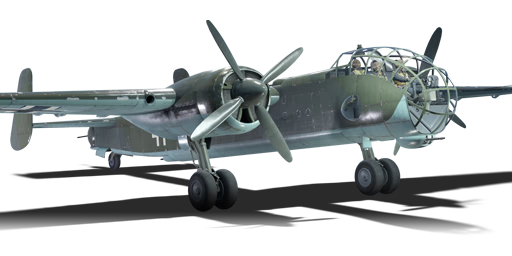


The Junkers Ju 288 was a prototype medium bomber designed as a submission to the Bomber B design contest organised by the Luftwaffe just before World War II. The Bomber B specification demanded a Schnellbomber (fast bomber) with the purpose of replacing the current Junkers Ju 88 bombers in service. Though a potent bomber in its own right, the Ju 88 suffered what ended up being crippling features such as a relatively small internal bomb bay, requiring extra ordnance to be ferried on external hard points. This ultimately increased the aircraft's drag coefficient, resulting in less efficient flight performance. Although a contest was held to choose the next generation of medium Schnellbombers, the RLM had already determined the Ju 288 was the clear winner but let Focke-Wulf, Dornier, and Henschel continue to pursue their prototypes in vain. Out of the gate, what caught the eye of the RLM was that although the Ju 288 was slightly larger than the Ju 88, the new prototype contained a pressurized cabin allowing for higher altitude flying, faster speeds, further range, excellent defensive capabilities, and a much larger bomb payload. Such hope was put into this aircraft that it was slated to replace all bombers within the Luftwaffe inventory.
Though the aircraft itself was a massive success, the failed development of the Junkers Jumo 222 engines and problems with its complicated landing gear ended up crippling the development of the plane, resulting in only a handful of prototypes being built. A few were hurriedly outfitted with defensive weapons and used as reconnaissance bombers. The Ju 288 C was the final batch of the Ju 288 produced, which substituted the Jumo 222 engines with the slightly less troublesome Daimler-Benz DB610 coupled engines found on the Heinkel He 177 heavy bomber.
Introduced in Update 1.83 "Masters of the Sea", the Ju 288 C is an aircraft that has an in-game reputation of being loved by its pilot and loathed by its enemies, and for a good reason. The Ju 288 C is the ultimate Schnellbomber, featuring a combination of extremely heavy payload for its size, fast top speed and acceleration, and potent defensive armaments. It can deliver up to 5,000 kg of payload in the form of two massive 2,500 kg bombs, easily capable of wiping out a group of ground vehicles or threatening even a battleship. Its other payload is the versatile 36 x 50 kg bombs, a relatively lightweight yet optimal payload for destroying up to two bases or carpet bombing. The Ju 288 can prove to be an incredible asset for your team or a headache to the enemy, as it can perform in various roles effectively, be it level bombing, carpet bombing, or close air support.
flaps
flaps
flaps
brake
| Belt | Belt filling | Armor penetration (mm) at a distance: | |||||
|---|---|---|---|---|---|---|---|
| 10 m | 100 m | 500 m | 1000 m | 1500 m | 2000 m | ||
| IT/HEI/APHE/AP-I | 27 | 24 | 14 | 7 | 3 | 2 | |
| AP-I/AP-I/APHE/IT/AP-I | 27 | 24 | 14 | 7 | 3 | 2 | |
| IT/HEI/HEI | 21 | 19 | 8 | 3 | 1 | 1 | |
| Belt | Belt filling | Armor penetration (mm) at a distance: | |||||
|---|---|---|---|---|---|---|---|
| 10 m | 100 m | 500 m | 1000 m | 1500 m | 2000 m | ||
| IT/AP-I/IAI/AP-I | 19 | 16 | 8 | 4 | 2 | 1 | |
| AP-T/AP-T/AP-T/IAI | 19 | 16 | 8 | 4 | 2 | 1 | |
| Name | Weight | Slot | ||||||
|---|---|---|---|---|---|---|---|---|
| 18 × | 900 kg |  |  | |||||
| 4 × | 1,000 kg | 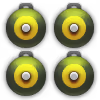 |  | |||||
| 2 × | 1,000 kg | 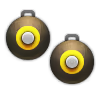 | ||||||
| 1,000 kg | 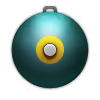 |  | ||||||
| 1,832 kg | 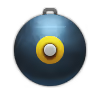 |  | ||||||
| 2,500 kg | 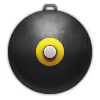 |  | ||||||
| 2 × | 1,000 kg | 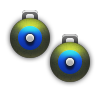 | ||||||
| 988 kg | 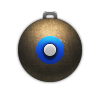 |  | ||||||
| 4 × | 440 kg | 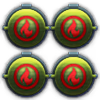 |  | |||||
| 2 × | 450 kg | 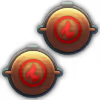 | ||||||
| 500 kg |  | |||||||
| 500 kg | 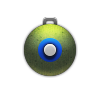 | |||||||
| 225 kg |  | |||||||







 2 x (105 / 225 / 550) %
2 x (105 / 225 / 550) % 
 2 x 172 %
2 x 172 % 

Flight performance | |
|---|---|
Survivability |
|---|
Weaponry | |||
|---|---|---|---|